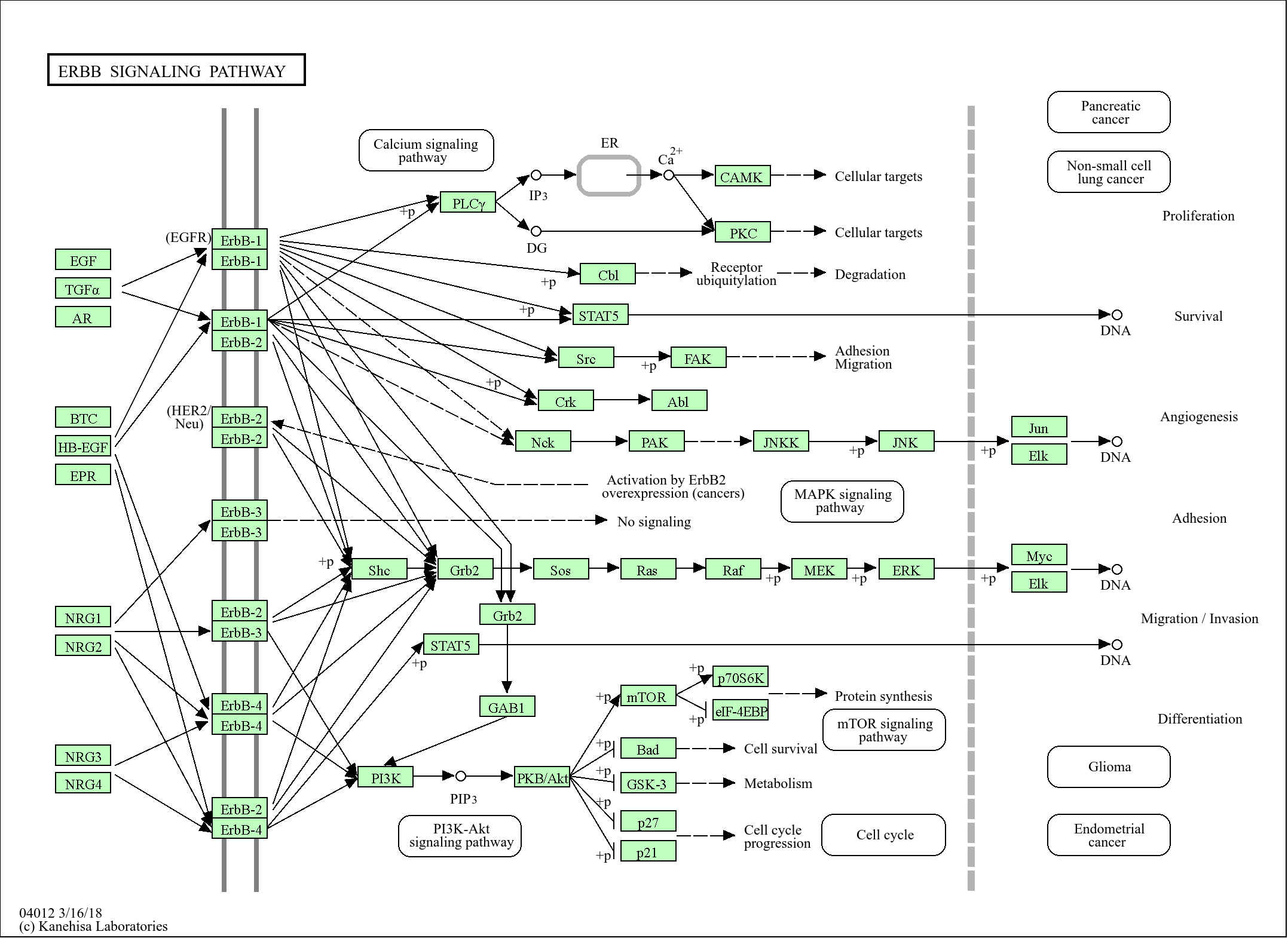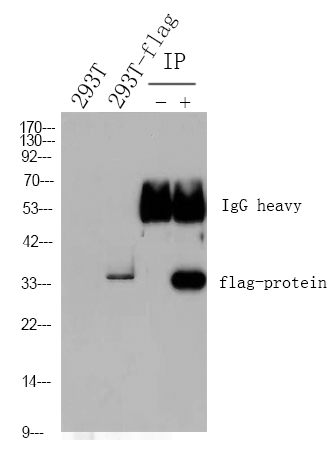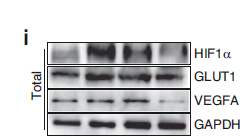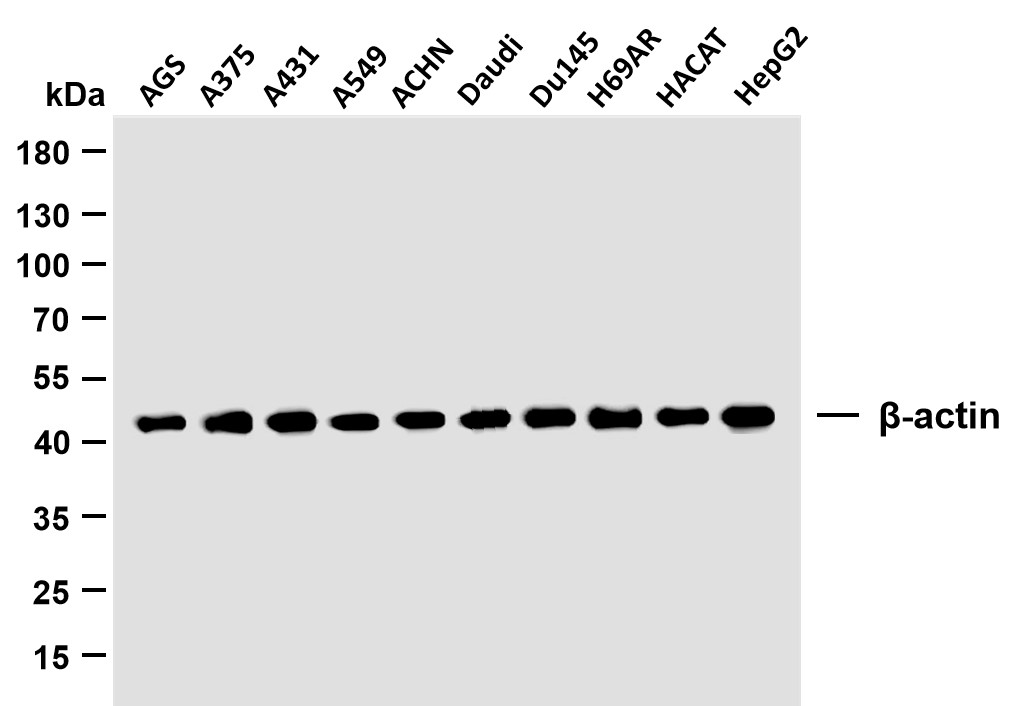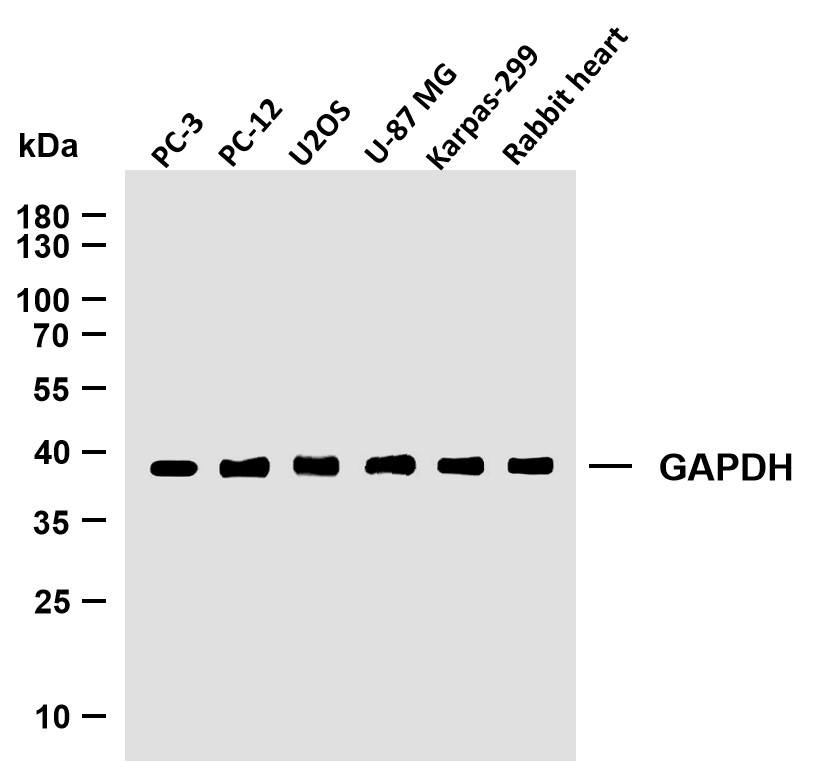
Catalog: YP1126
Size
Price
Status
Qty.
200μL
$600.00
In stock
0
100μL
$340.00
In stock
0
50μL
$190.00
In stock
0
Add to cart


Collected


Collect
Main Information
Target
GluR-1
Host Species
Rabbit
Reactivity
Human, Mouse, Rat
Applications
IHC, IF, ELISA
MW
102kD (Calculated)
Conjugate/Modification
Phospho
Detailed Information
Recommended Dilution Ratio
IHC 1:100-1:300; ELISA 1:40000; IF 1:50-200
Formulation
Liquid in PBS containing 50% glycerol, 0.5% BSA and 0.02% sodium azide.
Specificity
Phospho-Glutamate Receptor 1 (S849) Polyclonal Antibody detects endogenous levels of Glutamate Receptor 1 protein only when phosphorylated at S849.The name of modified sites may be influenced by many factors, such as species (the modified site was not originally found in human samples) and the change of protein sequence (the previous protein sequence is incomplete, and the protein sequence may be prolonged with the development of protein sequencing technology). When naming, we will use the "numbers" in historical reference to keep the sites consistent with the reports. The antibody binds to the following modification sequence (lowercase letters are modification sites):QQsIN
Purification
The antibody was affinity-purified from rabbit antiserum by affinity-chromatography using epitope-specific immunogen.
Storage
-15°C to -25°C/1 year(Do not lower than -25°C)
Concentration
1 mg/ml
MW(Calculated)
102kD
Modification
Phospho
Clonality
Polyclonal
Isotype
IgG
Related Products
Antigen&Target Information
Immunogen:
The antiserum was produced against synthesized peptide derived from human GluR1 around the phosphorylation site of Ser849. AA range:816-865
show all
Specificity:
Phospho-Glutamate Receptor 1 (S849) Polyclonal Antibody detects endogenous levels of Glutamate Receptor 1 protein only when phosphorylated at S849.The name of modified sites may be influenced by many factors, such as species (the modified site was not originally found in human samples) and the change of protein sequence (the previous protein sequence is incomplete, and the protein sequence may be prolonged with the development of protein sequencing technology). When naming, we will use the "numbers" in historical reference to keep the sites consistent with the reports. The antibody binds to the following modification sequence (lowercase letters are modification sites):QQsIN
show all
Gene Name:
GRIA1
show all
Protein Name:
Glutamate receptor 1
show all
Other Name:
GRIA1 ;
GLUH1 ;
GLUR1 ;
Glutamate receptor 1 ;
GluR-1 ;
AMPA-selective glutamate receptor 1 ;
GluR-A ;
GluR-K1 ;
Glutamate receptor ionotropic ;
AMPA 1 ;
GluA1
GLUH1 ;
GLUR1 ;
Glutamate receptor 1 ;
GluR-1 ;
AMPA-selective glutamate receptor 1 ;
GluR-A ;
GluR-K1 ;
Glutamate receptor ionotropic ;
AMPA 1 ;
GluA1
show all
Database Link:
Background:
Glutamate receptors are the predominant excitatory neurotransmitter receptors in the mammalian brain and are activated in a variety of normal neurophysiologic processes. These receptors are heteromeric protein complexes with multiple subunits, each possessing transmembrane regions, and all arranged to form a ligand-gated ion channel. The classification of glutamate receptors is based on their activation by different pharmacologic agonists. This gene belongs to a family of alpha-amino-3-hydroxy-5-methyl-4-isoxazole propionate (AMPA) receptors. Alternatively spliced transcript variants encoding different isoforms have been found for this gene. [provided by RefSeq, Jul 2008],
show all
Function:
Function:Ionotropic glutamate receptor. L-glutamate acts as an excitatory neurotransmitter at many synapses in the central nervous system. Binding of the excitatory neurotransmitter L-glutamate induces a conformation change, leading to the opening of the cation channel, and thereby converts the chemical signal to an electrical impulse. The receptor then desensitizes rapidly and enters a transient inactive state, characterized by the presence of bound agonist.,miscellaneous:The postsynaptic actions of Glu are mediated by a variety of receptors that are named according to their selective agonists. This receptor binds AMPA (quisqualate) > glutamate > kainate.,PTM:Palmitoylated. Depalmitoylated upon glutamate stimulation. Cys-603 palmitoylation leads to Golgi retention and decreased cell surface expression. In contrast, Cys-829 palmitoylation does not affect cell surface expression but regulates stimulation-dependent endocytosis.,similarity:Belongs to the glutamate-gated ion channel (TC 1.A.10) family.,subcellular location:Interaction with CACNG2 promotes cell surface expression.,subunit:Homotetramer or heterotetramer of pore-forming glutamate receptor subunits. Tetramers may be formed by the dimerization of dimers. Interacts with DLG1 via its C-terminus. Interacts with CACNG2, HIP1 and RASGRF2.,tissue specificity:Widely expressed in brain.,
show all
Cellular Localization:
Cell membrane ; Multi-pass membrane protein . Endoplasmic reticulum membrane ; Multi-pass membrane protein . Cell junction, synapse, postsynaptic cell membrane ; Multi-pass membrane protein . Cell junction, synapse, postsynaptic density membrane ; Multi-pass membrane protein . Cell projection, dendrite . Cell projection, dendritic spine . Early endosome membrane ; Multi-pass membrane protein . Recycling endosome membrane ; Multi-pass membrane protein . Cell junction, synapse, presynapse . Cell junction, synapse . Interaction with CACNG2, CNIH2 and CNIH3 promotes cell surface expression. Colocalizes with PDLIM4 in early endosomes. Displays a somatodendritic localization and is excluded from axons in neurons (By similarity). Localized to cone photoreceptor pedicles (By similarity). .
show all
Tissue Expression:
show all
Research Areas:
>>cAMP signaling pathway ;
>>Neuroactive ligand-receptor interaction ;
>>Circadian entrainment ;
>>Long-term potentiation ;
>>Retrograde endocannabinoid signaling ;
>>Glutamatergic synapse ;
>>Dopaminergic synapse ;
>>Long-term depression ;
>>Amyotrophic lateral sclerosis ;
>>Huntington disease ;
>>Spinocerebellar ataxia ;
>>Pathways of neurodegeneration - multiple diseases ;
>>Amphetamine addiction ;
>>Nicotine addiction
>>Neuroactive ligand-receptor interaction ;
>>Circadian entrainment ;
>>Long-term potentiation ;
>>Retrograde endocannabinoid signaling ;
>>Glutamatergic synapse ;
>>Dopaminergic synapse ;
>>Long-term depression ;
>>Amyotrophic lateral sclerosis ;
>>Huntington disease ;
>>Spinocerebellar ataxia ;
>>Pathways of neurodegeneration - multiple diseases ;
>>Amphetamine addiction ;
>>Nicotine addiction
show all
Signaling Pathway
Organismal Systems >> Nervous system >> Glutamatergic synapse
Organismal Systems >> Nervous system >> Dopaminergic synapse
Human Diseases >> Neurodegenerative disease >> Amyotrophic lateral sclerosis
Human Diseases >> Neurodegenerative disease >> Huntington disease
Human Diseases >> Neurodegenerative disease >> Spinocerebellar ataxia
Human Diseases >> Neurodegenerative disease >> Pathways of neurodegeneration - multiple diseases
Environmental Information Processing >> Signal transduction >> cAMP signaling pathway
Reference Citation({{totalcount}})
Catalog: YP1126
Size
Price
Status
Qty.
200μL
$600.00
In stock
0
100μL
$340.00
In stock
0
50μL
$190.00
In stock
0
Add to cart


Collected


Collect
Recently Viewed Products
Clear allPRODUCTS
CUSTOMIZED
ABOUT US
Toggle night Mode
{{pinfoXq.title || ''}}
Catalog: {{pinfoXq.catalog || ''}}
Filter:
All
{{item.name}}
{{pinfo.title}}
-{{pinfo.catalog}}
Main Information
Target
{{pinfo.target}}
Reactivity
{{pinfo.react}}
Applications
{{pinfo.applicat}}
Conjugate/Modification
{{pinfo.coupling}}/{{pinfo.modific}}
MW (kDa)
{{pinfo.mwcalc}}
Host Species
{{pinfo.hostspec}}
Isotype
{{pinfo.isotype}}
Product {{index}}/{{pcount}}
Prev
Next
{{pvTitle}}
Scroll wheel zooms the picture
{{pvDescr}}

